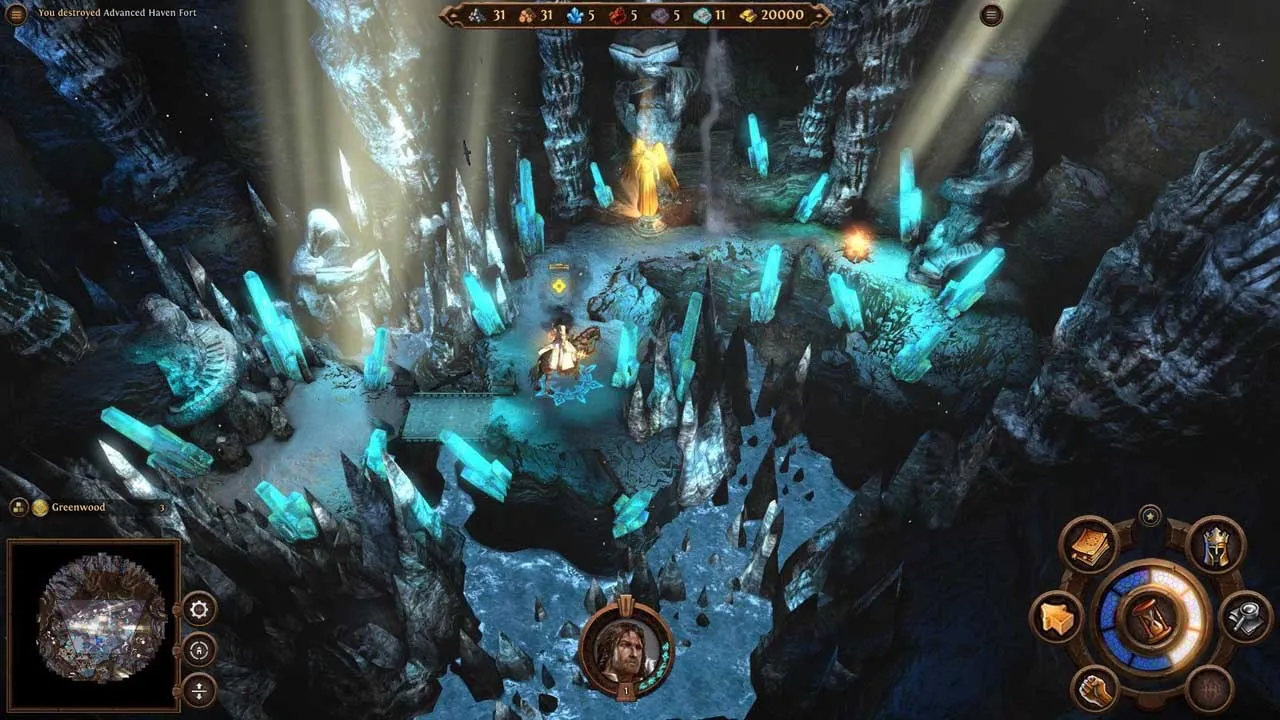
Might & Magic: Heroes VII – A Triumphant Return or a Disappointing Descent?
Contents
The Heroes of Might and Magic series holds a special place in the hearts of strategy gamers. The third installment, in particular, remains a timeless classic. After a somewhat turbulent history and less-than-stellar entries like Heroes IV and VI, Ubisoft attempted to revitalize the franchise with Might & Magic: Heroes VII. Released after much fanfare and several beta tests, does Heroes VII live up to the legacy, or does it fall short of its predecessors? This review delves into the strengths and weaknesses of Heroes VII, exploring its gameplay, graphics, and overall experience.
 Alt: A screenshot from Might & Magic: Heroes VII showcasing a battle scene with various units engaged in combat.
Alt: A screenshot from Might & Magic: Heroes VII showcasing a battle scene with various units engaged in combat.
A Blend of Familiar and New
Heroes VI stumbled due to unnecessary deviations from the established formula. Its awkward blend of Might and Magic lore, convoluted unit classifications, and jarring art style alienated many fans. Heroes VII, thankfully, learns from these mistakes. Ubisoft took a more cautious approach, reintroducing beloved elements from previous games while incorporating new ideas.
The game draws heavily from Heroes V, often considered the most refined entry in the series. Key mechanics like Initiative, the Skill Wheel, and Racial Skills return, providing a solid foundation for strategic gameplay. The free-roaming units from Heroes IV also make a comeback, adding an element of unpredictability to exploration. Even the divisive unit classification system from Heroes VI receives a much-needed overhaul, with a more logical branching structure for building construction.
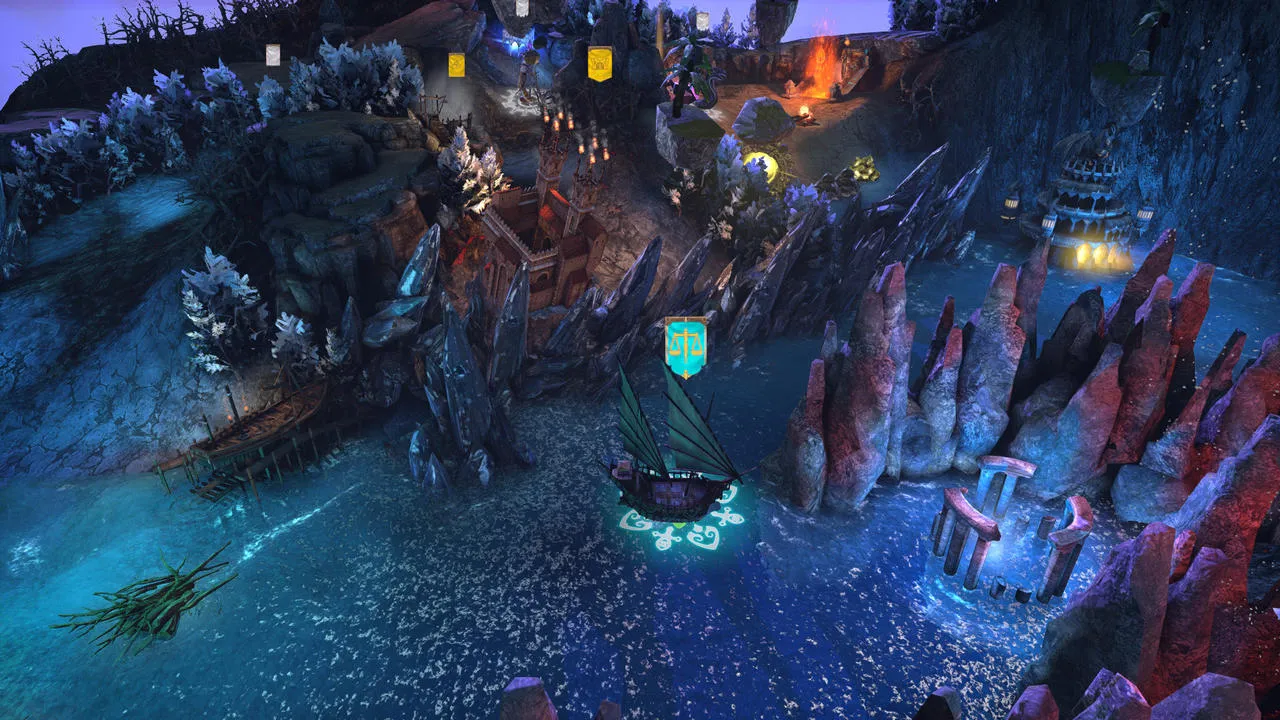 Alt: A screenshot from Might & Magic: Heroes VII displaying the in-game town screen with various buildings and unit options.
Alt: A screenshot from Might & Magic: Heroes VII displaying the in-game town screen with various buildings and unit options.
Tactical Depth and Siege Warfare
The Heroes series has always excelled in its tactical combat. Heroes VII continues this tradition, offering engaging turn-based battles where positioning, unit composition, and resource management are paramount. The Initiative system, inherited from Heroes V, plays a crucial role, determining the turn order and allowing for tactical manipulation through skills and abilities.
With six factions at launch, players will encounter familiar favorites like the Academy, with its powerful mages and magical constructs, and the Sylvan, whose gameplay shifts from a purely offensive style to a more defensive, healing-focused approach. Other factions like Haven and Necropolis retain their core characteristics while offering new tactical options.
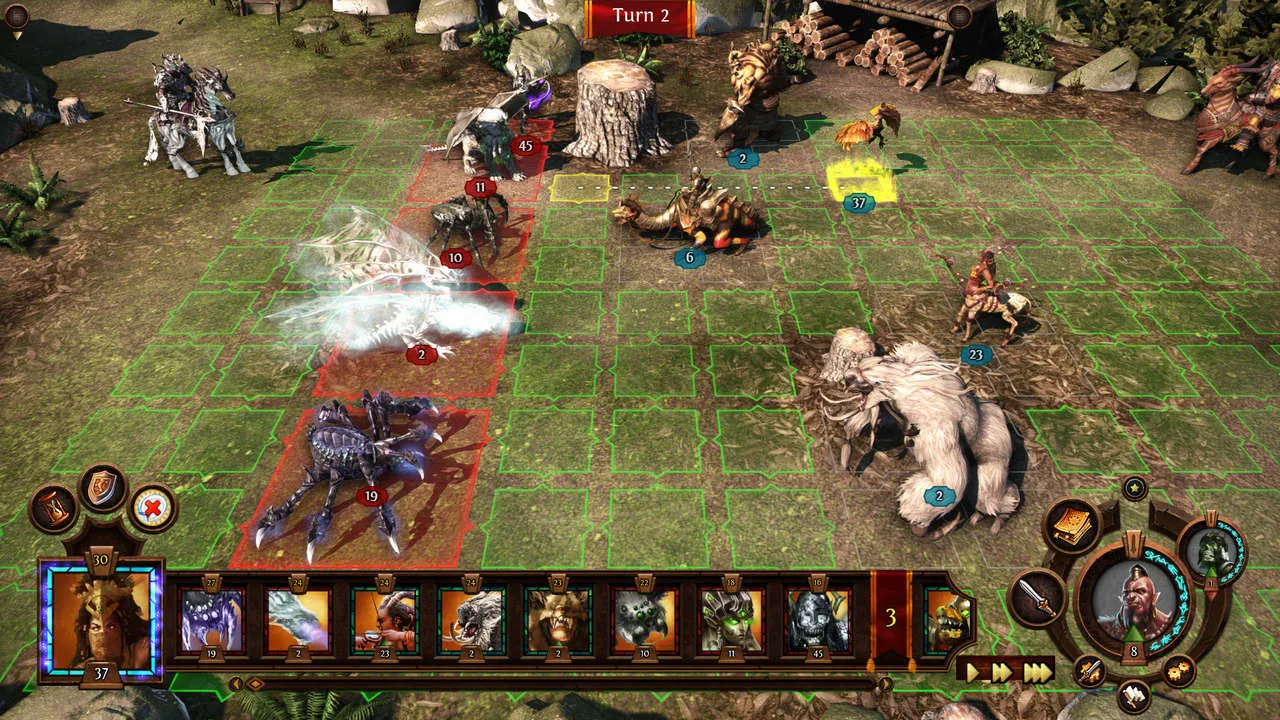 Alt: A screenshot from Might & Magic: Heroes VII showcasing a siege battle with units attacking a fortified city.
Alt: A screenshot from Might & Magic: Heroes VII showcasing a siege battle with units attacking a fortified city.
A standout feature of Heroes VII is its revamped siege battles. These encounters are now far more dynamic, encompassing the areas surrounding the city, the walls themselves, and even the interior. With the introduction of Siege and Warfare units, attacking a city becomes a multi-faceted strategic challenge.
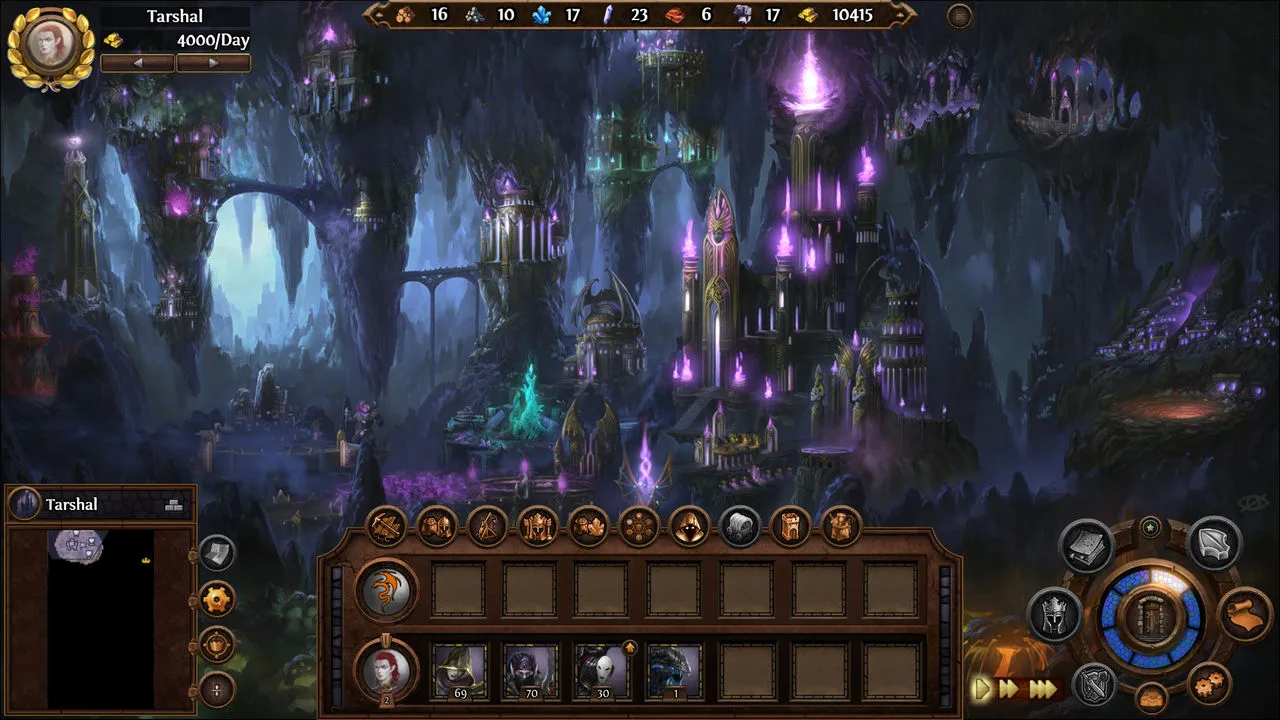 Alt: A screenshot from Might & Magic: Heroes VII displaying the different unit types available in the game.
Alt: A screenshot from Might & Magic: Heroes VII displaying the different unit types available in the game.
Stunning Visuals and Environmental Design
Heroes VII boasts a visually impressive world. The game adopts a darker, more saturated color palette, creating a sense of grandeur and capturing the mystical atmosphere of the setting. Unit models are more detailed and menacing, reflecting the harsh realities of war. The environments are particularly striking, thanks to the introduction of elevation. This adds depth and complexity to the landscapes, creating breathtaking vistas with towering cliffs, deep canyons, and lush oases.
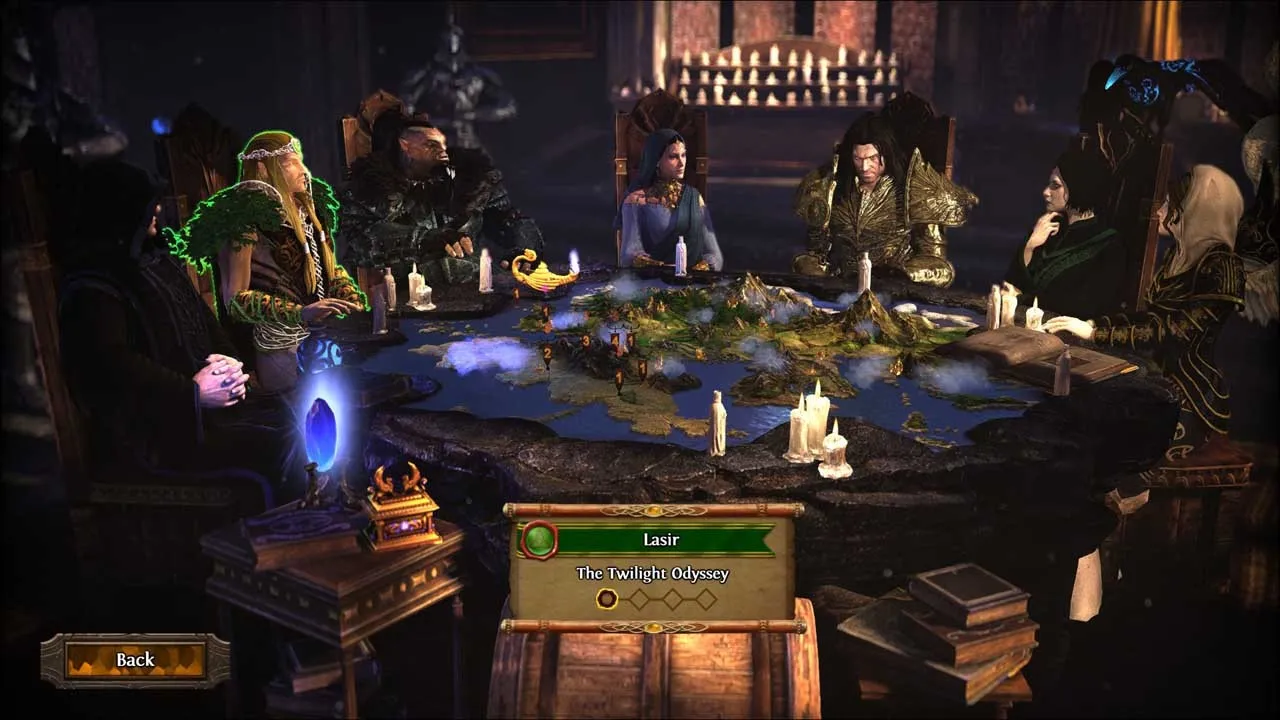 Alt: A screenshot from Might & Magic: Heroes VII showcasing the detailed graphics and environment design.
Alt: A screenshot from Might & Magic: Heroes VII showcasing the detailed graphics and environment design.
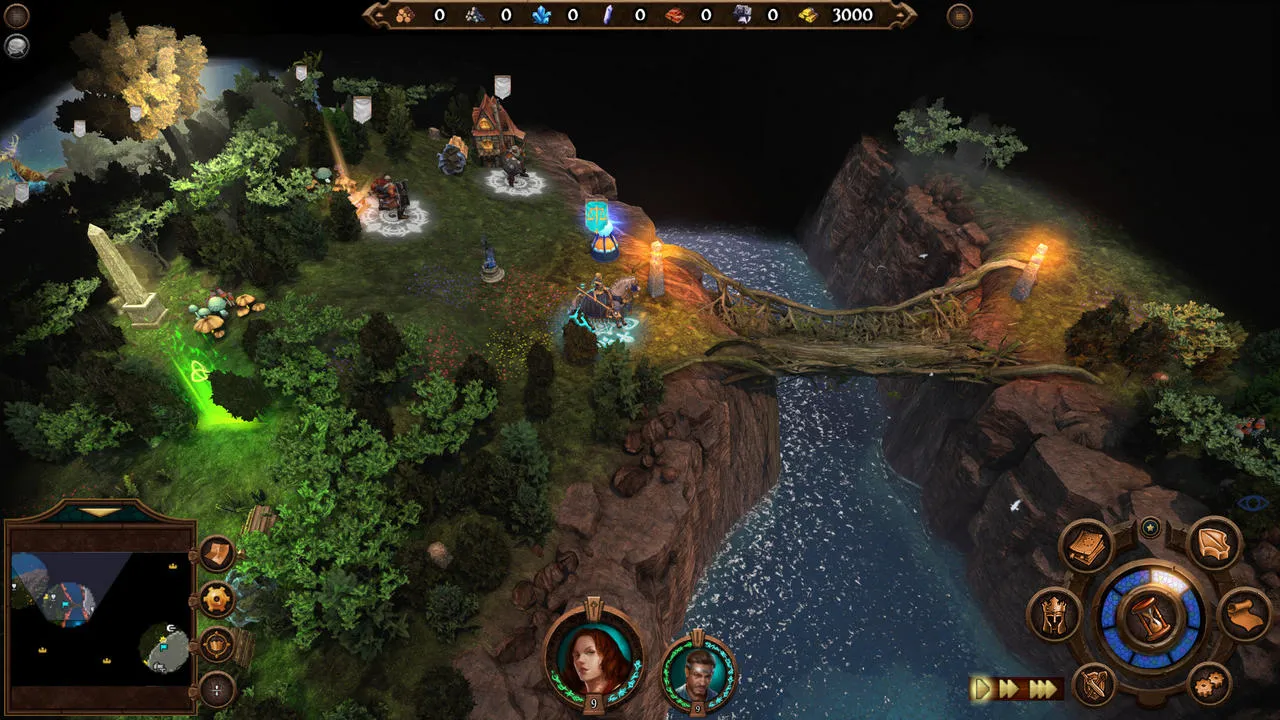 Alt: In-game screenshot of Might & Magic: Heroes VII highlighting the improved graphics and detailed character models.
Alt: In-game screenshot of Might & Magic: Heroes VII highlighting the improved graphics and detailed character models.
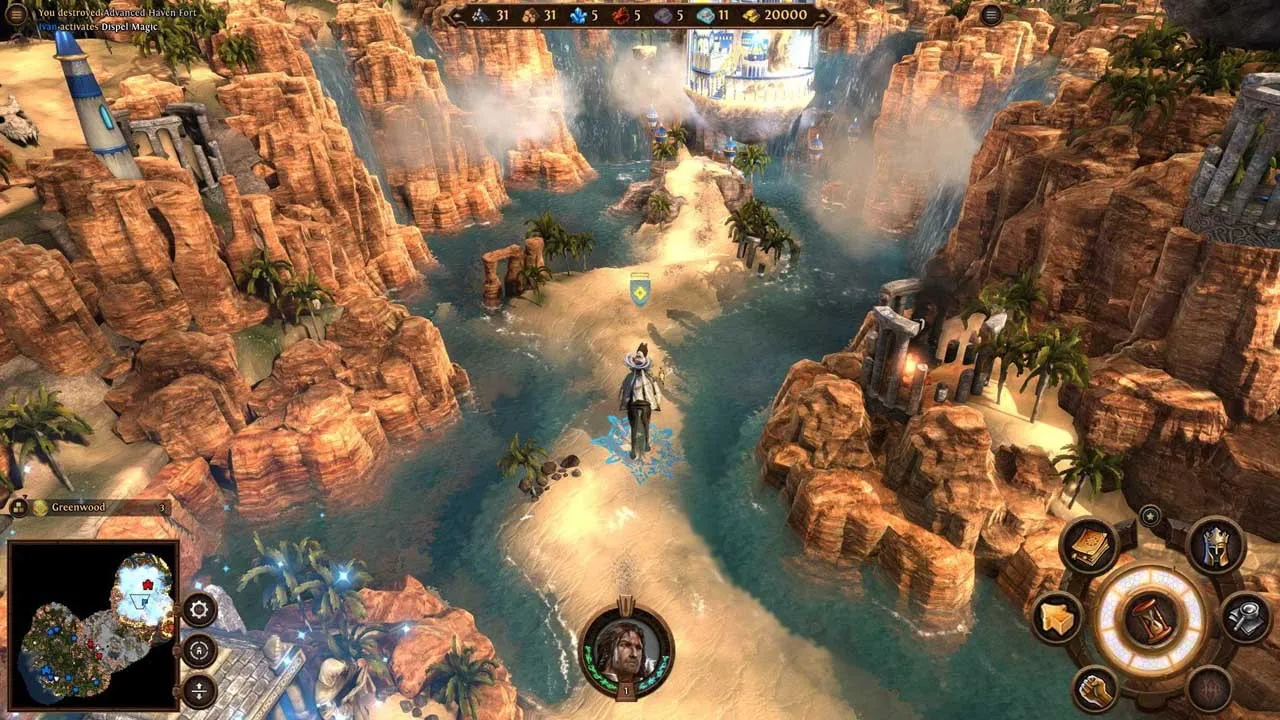 Alt: A panoramic view of a landscape in Might & Magic: Heroes VII, showing the impressive environmental detail and scale.
Alt: A panoramic view of a landscape in Might & Magic: Heroes VII, showing the impressive environmental detail and scale.
Performance Issues and Design Flaws
Despite its strengths, Heroes VII suffers from significant drawbacks. The demanding system requirements are a major hurdle, pushing even high-end PCs to their limits. Furthermore, the game struggles with RAM optimization, leading to performance degradation and overheating during extended play sessions.
The cutscenes are surprisingly underwhelming, especially considering the game’s graphical prowess. They consist of static character models with voiceovers, lacking the cinematic flair of previous entries. The user interface is also a disappointment, cluttered and unintuitive compared to its predecessors.
The campaign, often a highlight of the series, feels disjointed and lacking in narrative depth. The individual stories lack the emotional resonance and epic scope of Heroes V. Finally, the AI is disappointingly weak, making even challenging battles feel trivial due to predictable and illogical enemy behavior.
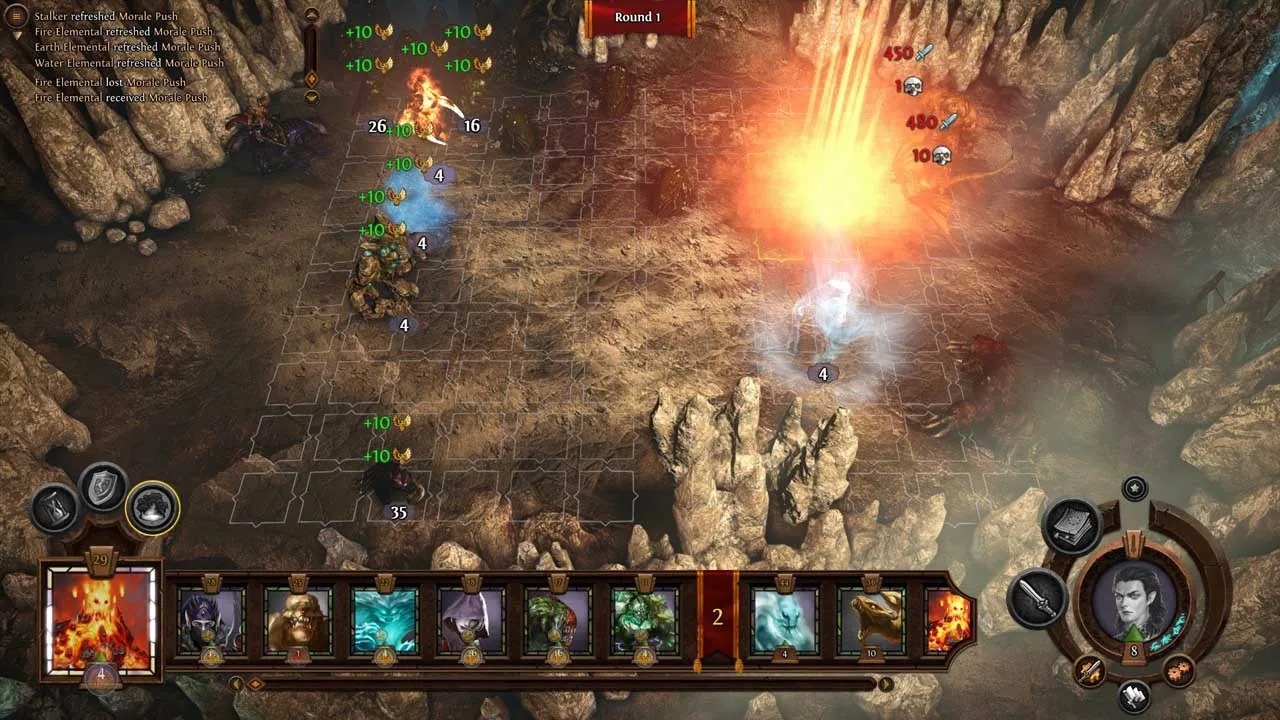 Alt: A screenshot showcasing the character models in Might & Magic: Heroes VII during a cutscene.
Alt: A screenshot showcasing the character models in Might & Magic: Heroes VII during a cutscene.
Conclusion
Might & Magic: Heroes VII is a mixed bag. It successfully recaptures some of the magic of earlier entries, particularly Heroes V, with its engaging tactical combat and stunning visuals. However, technical issues, a weak campaign, poor AI, and a clunky interface hold it back from true greatness. While it offers glimpses of a triumphant return, ultimately Heroes VII falls short of its potential, leaving fans hoping for a more polished and refined experience in future installments.





Comments (0)